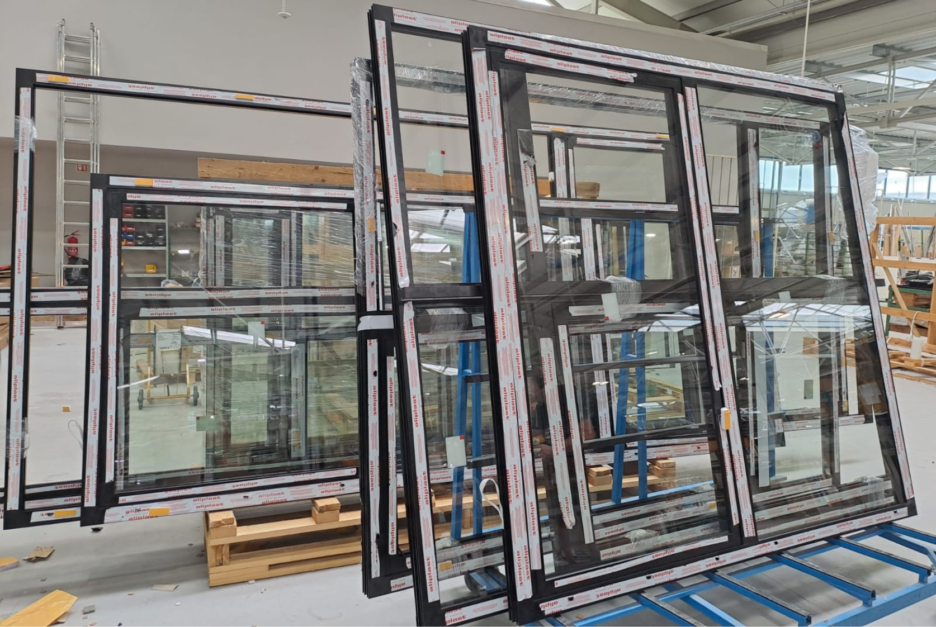When it comes to choosing new windows, plastic (usually PVC or uPVC) is a popular choice because it’s affordable, energy-efficient, and practically maintenance-free. In this guide, we’ll break down the differences between plastic window frames, inserts, and full plastic window units. We’ll cover the pros and cons of each, highlight key performance metrics, and answer the most common questions so you can pick the right solution for your home and budget.
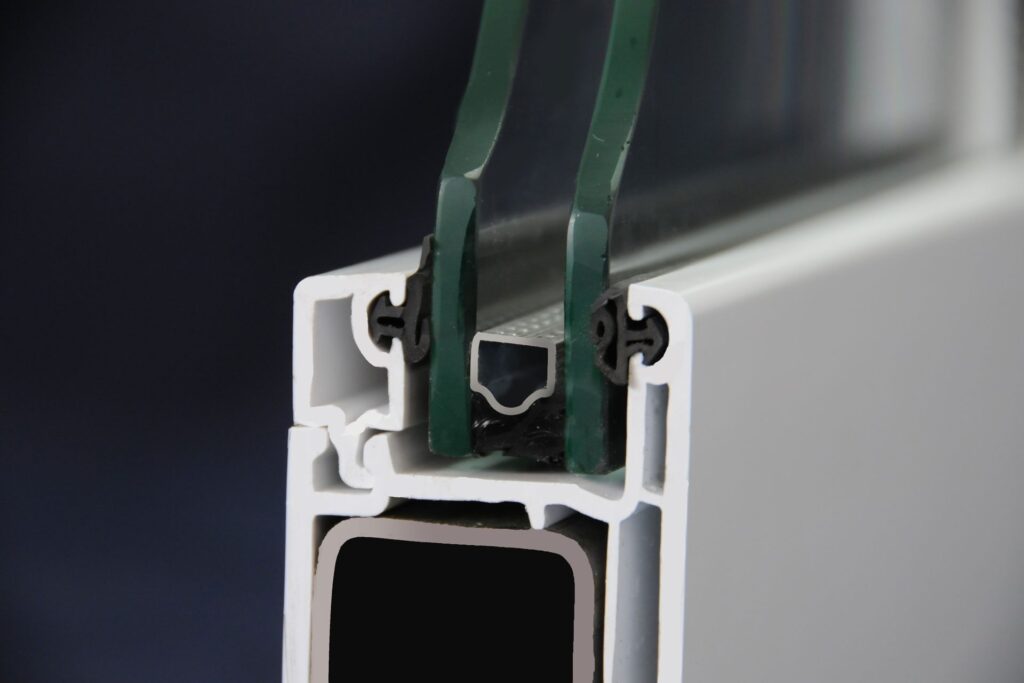
1. Why Choose Plastic Window Frames?
Plastic—or more precisely, unplasticized PVC (uPVC)—frames have become a go-to option for many homeowners. Here’s why:
Energy Efficiency
uPVC frames often feature multiple internal chambers that trap air for insulation. When paired with insulated glass, they help keep the heat in during winter and the sun’s heat out during summer, lowering your utility bills.
Minimal Upkeep
Unlike wood, uPVC never needs painting or staining. A quick wipe-down with soap and water is all it takes to keep frames looking fresh year after year.
Built to Last
uPVC won’t warp, corrode, or rot, making it an excellent choice for damp or coastal environments where moisture is a concern.
Budget-Friendly
Plastic frames tend to cost about 20–30% less than comparable wood or aluminum-clad windows, so you can get good performance without breaking the bank.
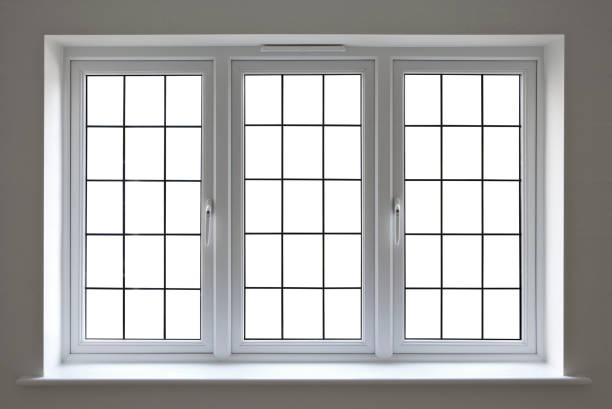
Pros & Cons of Plastic Frames
Pros:
- Excellent thermal insulation
- Nearly zero maintenance—no painting or sealing
- Resistant to moisture, pests, and fading
- Often recyclable at the end of their lifespan
Cons:
- Fewer color options, and dark shades can fade over time
- Slight expansion in extreme heat (though less than standard vinyl)
- Doesn’t have the “premium” look of real wood or composite materials
2. Understanding Plastic Window Inserts
If your existing window frames are still in good shape but the glass is old or drafty, plastic window inserts (sometimes called storm window inserts) can be a cost-effective upgrade:
What They Are:
Thin acrylic or glass panels that fit inside or over your current window. They form an extra barrier against heat loss and drafts without removing the original frame.
Energy Savings:
By sealing drafts and adding insulation, inserts can cut heating costs by up to 20%. They’re a quick way to boost R-value without a full replacement.
Easy Installation:
Most inserts snap into tracks or use magnetic frames, making them a DIY-friendly solution that keeps your existing trim and siding intact.
Affordable:
Inserts usually run $50–$200 per window—far less than buying and installing brand-new windows.
Noise Reduction:
Adding a layer of acrylic or glass can reduce outside noise by 5–10 decibels, making your home noticeably quieter.
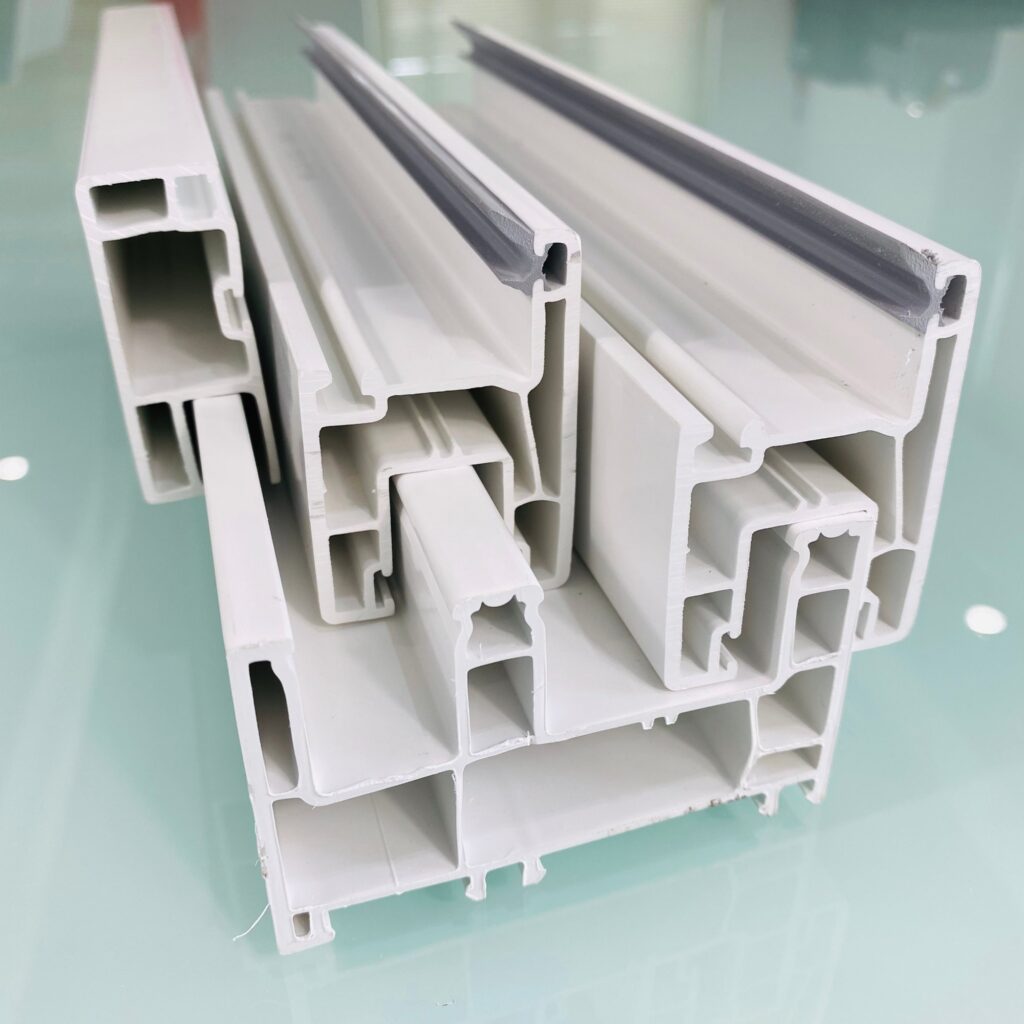
Pros & Cons of Plastic Window Inserts
Pros:
- Fast, no-demolition installation
- Keeps any historic or decorative frames in place
- Often qualify for energy-efficiency rebates
Cons:
- Slightly reduces visible daylight (inserts add a narrow frame or bottom rail)
- Can trap moisture if not vented properly—seal checks are essential
- Not a permanent fix—performance may drop after 10–15 years
3. Comparing Plastic Window Options
Below is a quick comparison of three common plastic window solutions: vinyl double-pane, PVC inserts, and uPVC triple-pane. We’ve also included how composite or metal-clad windows stack up for reference.
| Feature | Vinyl Double-Pane | PVC Insert (Acrylic) | uPVC Triple-Pane | Composite/Metal-Clad |
|---|---|---|---|---|
| U-Factor (Lower = Better) | 1.2–1.3 W/m²·K | N/A (adds a layer) | 0.7–1.0 W/m²·K | 0.7–1.0 W/m²·K |
| R-Value (Higher = Better) | 0.8–0.9 | +0.5 (approximate) | 1.3–1.7 | 1.3–1.7 |
| Air Leakage (CFM/sq ft) | < 0.3 | 0.5–0.7 | < 0.2 | < 0.2 |
| Cost per Unit | $300–$500 | $50–$200 | $500–$800 | $600–$1,000 |
| Maintenance | Very low | Low | Very low | Low |
| Expected Lifespan | 20–30 years | 10–15 years | 30–40 years | 25–35 years |
| Weather Resistance | Excellent | Moderate | Excellent | Excellent |
| Noise Reduction (STC) | 25–28 dB | 20–25 dB | 28–32 dB | 28–32 dB |
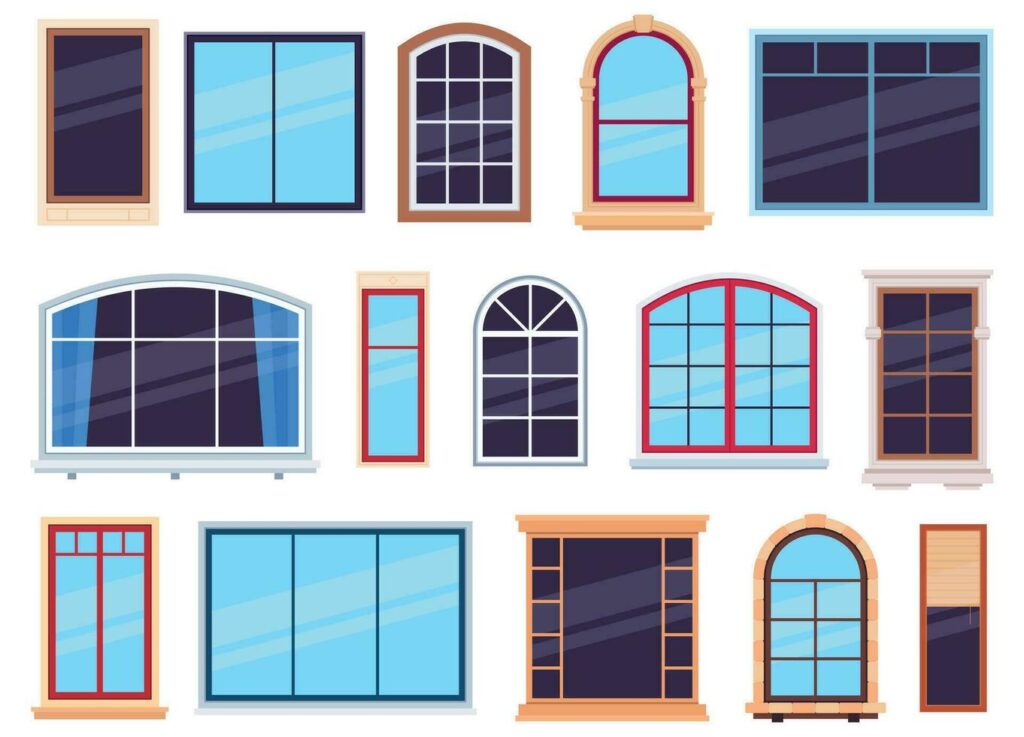
4. How to Choose & Install Plastic Windows
1. Clarify Your Goals
- If your frames are in good shape but the glass is old or foggy, a plastic insert may do the trick.
- For full performance and a brand-new look, upgrade to new uPVC or high-end vinyl windows.
2. Look for Incentives
Energy-efficient windows often qualify for rebates. Check federal and provincial programs—often they’ll require ENERGY STAR®–rated products and certified installers.
3. Verify Warranties
Look for 10–20 year guarantees on both the frame and insulated glass units (IGUs). A solid warranty protects your investment.
4. Hire Experienced Installers
Proper sealing and flashing are critical. Even the best windows underperform if they aren’t installed correctly, so choose installers with proven expertise.
5. Keep Them in Good Shape
- Wipe down frames and tracks with mild soap twice a year.
- Check seals and weatherstripping annually for wear and replace if needed.
- Clean acrylic inserts gently with a non-abrasive cleaner to avoid scratches.
5. Frequently Asked Questions
Are plastic frames and vinyl frames the same thing?
Generally, yes. Most “plastic” frames are made from uPVC (unplasticized PVC), a rigid form of PVC designed specifically for window use. Some manufacturers simply label them PVC or uPVC.
How do window inserts differ from full replacements?
Inserts add a clear insulating layer inside your existing frame. They’re less invasive and cheaper than replacing the whole window (frame plus glass), but they won’t give you the full performance or aesthetic flexibility of brand-new units.
Will plastic windows collect condensation?
Plastic frames themselves don’t attract condensation. However, if the glazing or seals aren’t energy-efficient, you might see moisture between panes or on the inside surface. Choosing Low-E glass, inert gas fills, and tight seals helps minimize condensation.
Are plastic windows environmentally friendly?
Modern uPVC windows can be recycled at the end of their life, and many brands use recycled content during manufacturing. Although PVC production relies on petroleum, the long-term energy savings these windows provide often outweigh the initial environmental footprint.
What’s the best way to maintain plastic windows and inserts?
Use mild soap and water on the frames, lubricate any hardware or tracks once a year, and inspect seals for wear. For inserts, clean acrylic panes gently, and make sure the insert tracks stay free of debris to prevent moisture from collecting.
By understanding the differences between plastic window frames, plastic inserts, and full plastic window replacements, you can pick the right solution for your home’s needs—and let your windows handle the weather and utility bills for years to come.

